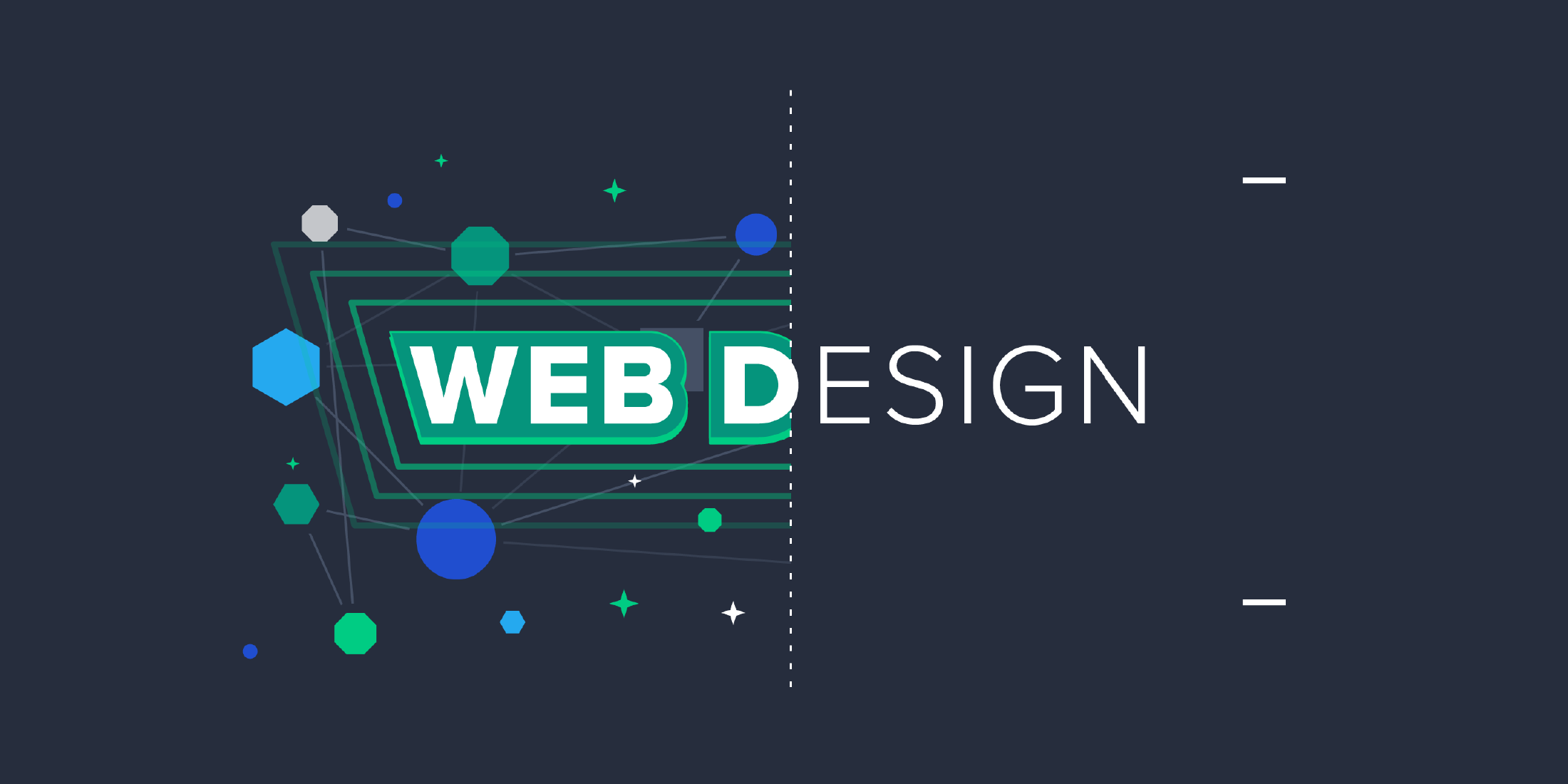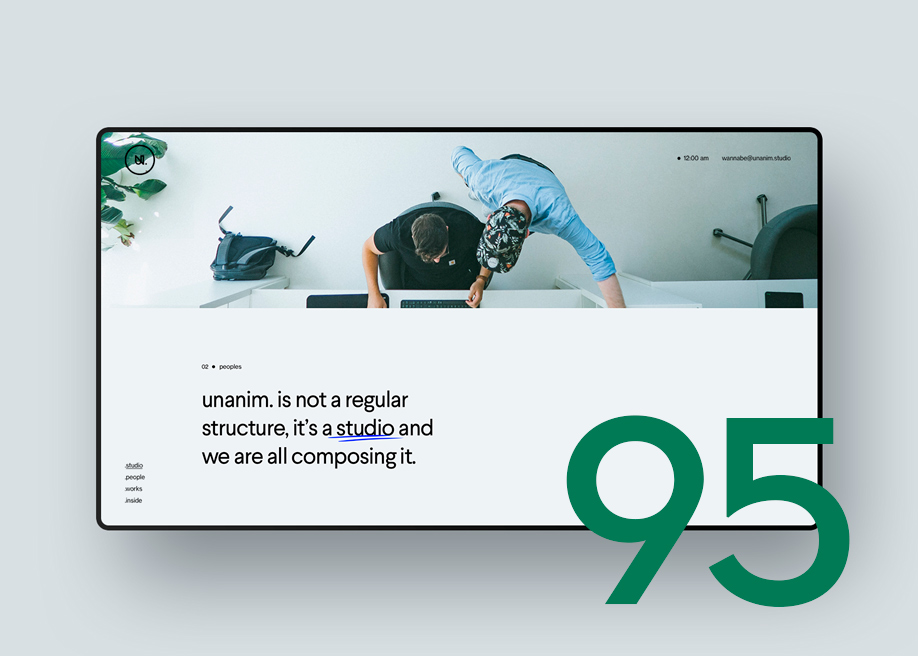All Categories
Featured
Table of Contents
- – Web Design Software By Xara Tips and Tricks:
- – Lifted Logic: Web Design In Kansas City - Seo...
- – Html Responsive Web Design - W3schools Tips a...
- – Web Development Bachelor's Degree - Full Sail...
- – What Is Web Design? - Interaction Design Foun...
- – What Is Web Design? The Ultimate Guide To Web...
- – Web Design Vs. Web Development - Upwork Tips...
- – Boxcar Studio - Wordpress & Drupal Web Desig...
- – Html Responsive Web Design - W3schools Tips ...
- – Web Design Services - Verizon Small Business...
- – What Is A Web Designer? (2022 Guide) - Brain...
Web Design Software By Xara Tips and Tricks:
Quick summary Use and the energy, not the visual style, figure out the success or failure of a site. Since the visitor of the page is the only individual who clicks the mouse and therefore chooses everything, user-centric style has established as a standard method for effective and profit-oriented website design - web design frederick md.
and the utility, not the visual design, determine the success or failure of a website. Given that the visitor of the page is the only individual who clicks the mouse and therefore chooses everything, user-centric design has actually become a standard method for effective and profit-oriented web style. After all, if users can't use a function, it may as well not exist.
g. where the search box should be positioned) as it has already been performed in a variety of short articles; instead we focus on the methods which, used appropriately, can result in more advanced style choices and simplify the process of perceiving provided information. Please see that you might be interested in the usability-related short articles we've released prior to: Principles Of Excellent Site Style And Reliable Website Design Standards, In order to use the principles effectively we first need to comprehend how users communicate with sites, how they think and what are the standard patterns of users' behavior.
Lifted Logic: Web Design In Kansas City - Seo - Website ... Tips and Tricks:
Visitors look at each new page, scan some of the text, and click the very first link that captures their interest or slightly resembles the important things they're searching for. There are big parts of the page they do not even look at. Many users search for something interesting (or beneficial) and clickable; as quickly as some promising prospects are discovered, users click.
If a page provides users with high-quality content, they are prepared to jeopardize the content with ads and the style of the site. This is the reason that not-that-well-designed websites with top quality content acquire a great deal of traffic over years. Material is more crucial than the style which supports it.

Really simple concept: If a website isn't able to satisfy users' expectations, then designer stopped working to get his job done properly and the company loses cash. The greater is the cognitive load and the less user-friendly is the navigation, the more willing are users to leave the website and search for options.
Html Responsive Web Design - W3schools Tips and Tricks:
Neither do they scan web page in a linear fashion, going sequentially from one site area to another one. Instead users satisfice; they select the very first affordable option. As quickly as they find a link that looks like it might cause the objective, there is a great possibility that it will be immediately clicked.
It doesn't matter to us if we understand how things work, as long as we can utilize them. If your audience is going to imitate you're developing billboard, then style excellent billboards." Users wish to be able to manage their web browser and rely on the consistent information discussion throughout the website.
If the navigation and site architecture aren't instinctive, the number of concern marks grows and makes it harder for users to comprehend how the system works and how to obtain from point A to point B. A clear structure, moderate visual clues and easily identifiable links can help users to discover their course to their objective.
Web Development Bachelor's Degree - Full Sail University Tips and Tricks:

Since users tend to explore websites according to the "F"-pattern, these three statements would be the first aspects users will see on the page once it is packed. The design itself is basic and intuitive, to understand what the page is about the user needs to browse for the response.
When you've attained this, you can interact why the system is useful and how users can gain from it. People will not utilize your website if they can't discover their method around it. 2. Do Not Waste Users' Perseverance, In every project when you are going to offer your visitors some service or tool, attempt to keep your user requirements minimal.
Novice visitors want to, not filling long web kinds for an account they may never ever use in the future. Let users check out the site and discover your services without requiring them into sharing private information. It's not affordable to require users to enter an e-mail address to evaluate the function.
What Is Web Design? - Interaction Design Foundation (Ixdf) Tips and Tricks:
And that's what you want your users to feel on your web website. The registration can be done in less than 30 seconds as the form has horizontal orientation, the user does not even require to scroll the page.
A user registration alone is sufficient of an obstacle to user navigation to reduce inbound traffic. 3. Handle To Focus Users' Attention, As websites supply both static and vibrant content, some aspects of the interface bring in attention more than others do. Obviously, images are more eye-catching than the text just as the sentences marked as vibrant are more attractive than plain text.
Focusing users' attention to specific locations of the site with a moderate use of visual components can help your visitors to receive from point A to point B without thinking about how it actually is supposed to be done. The less enigma visitors have, the they have and the more trust they can establish towards the company the site represents.
What Is Web Design? The Ultimate Guide To Website Design ... Tips and Tricks:
4. Make Every Effort For Function Direct exposure, Modern web designs are typically criticized due to their technique of assisting users with aesthetically appealing 1-2-3-done-steps, big buttons with visual results etc. But from the style point of view these elements really aren't a bad thing. On the contrary, such as they lead the visitors through the website material in an extremely easy and user-friendly way.
The website has 9 main navigation options which are visible at the very first look. The choice of colors may be too light. is a fundamental concept of successful interface design. It does not really matter how this is accomplished. What matters is that the material is well-understood and visitors feel comfortable with the way they communicate with the system.
Rather a cost: simply what visitors are looking for. An optimum solution for effective writing is touse brief and concise phrases (come to the point as quickly as possible), use scannable design (categorize the content, use multiple heading levels, use visual aspects and bulleted lists which break the flow of uniform text blocks), use plain and unbiased language (a promotion doesn't require to sound like advertisement; offer your users some sensible and unbiased factor why they ought to utilize your service or stay on your website)6.
Web Design Vs. Web Development - Upwork Tips and Tricks:
Users are seldom on a site to enjoy the design; additionally, most of the times they are trying to find the info regardless of the style - web design frederick md. Make every effort for simpleness instead of intricacy. From the visitors' perspective, the best site design is a pure text, without any ads or more material blocks matching precisely the inquiry visitors utilized or the material they have actually been searching for.
Finch clearly presents the details about the website and gives visitors an option of choices without overcrowding them with unnecessary material. Not only does it assist to for the visitors, but it makes it possible to perceive the details presented on the screen.
Complex structures are harder to check out, scan, evaluate and work with. If you have the option between separating two style segments by a visible line or by some whitespace, it's usually much better to utilize the whitespace service. (Simon's Law): the better you handle to supply users with a sense of visual hierarchy, the much easier your material will be to view.
Boxcar Studio - Wordpress & Drupal Web Design ... - Ann Arbor Tips and Tricks:
The same conventions and rules need to be applied to all elements.: do the most with the least quantity of cues and visual aspects. Clarity: all components need to be created so their significance is not uncertain.
Conventions Are Our Good friends, Standard style of site components does not result in an uninteresting web website. It would be a functionality nightmare if all websites had different visual presentation of RSS-feeds.
comprehend what they're anticipating from a site navigation, text structure, search placement etc. A typical example from functionality sessions is to translate the page in Japanese (presuming your web users don't know Japanese, e. g. with Babelfish) and provide your functionality testers with a task to discover something in the page of different language.
Html Responsive Web Design - W3schools Tips and Tricks:
Steve Krug suggests that it's better to, but benefit from conventions when you don't. 10. Test Early, Test Frequently, This so-called TETO-principle ought to be applied to every website design task as usability tests frequently offer into substantial issues and concerns connected to a given design. Test not far too late, not too little and not for the wrong factors.
Some essential points to bear in mind: according to Steve Krug, and screening one user early in the job is better than testing 50 near completion. Accoring to Boehm's first law, mistakes are most regular throughout requirements and design activities and are the more expensive the later on they are eliminated.
That suggests that you develop something, test it, fix it and then check it once again. There might be issues which have not been discovered during the first round as users were practically blocked by other problems.
Web Design Services - Verizon Small Business Essentials Tips and Tricks:

This holds for designers. After you've worked on a site for few weeks, you can't observe it from a fresh viewpoint anymore. You know how it is built and for that reason you understand precisely how it works you have the knowledge independent testers and visitors of your website wouldn't have.
It can be connected to other locations such as graphic design, user experience, and multimedia arts, however is more appropriately seen from a technological viewpoint. It has actually ended up being a large part of people's everyday lives. It is tough to picture the Web without animated graphics, different styles of typography, background, videos and music.

During 1991 to 1993 the Internet was born. Text-only pages might be seen utilizing a simple line-mode browser. In 1993 Marc Andreessen and Eric Bina, produced the Mosaic browser. At the time there were numerous browsers, however most of them were Unix-based and naturally text heavy. There had actually been no integrated approach to graphic design aspects such as images or sounds.
What Is A Web Designer? (2022 Guide) - Brainstation® Tips and Tricks:
The W3C was developed in October 1994 to "lead the World Wide Web to its full potential by developing typical procedures that promote its development and guarantee its interoperability." This prevented any one business from monopolizing a propriety browser and shows language, which might have modified the impact of the Internet as a whole.
As this has occurred the technology of the web has actually likewise moved on. There have likewise been significant changes in the method individuals utilize and access the web, and this has changed how sites are designed.
Learn more about Lovell Media Group LLC or TrainACETable of Contents
- – Web Design Software By Xara Tips and Tricks:
- – Lifted Logic: Web Design In Kansas City - Seo...
- – Html Responsive Web Design - W3schools Tips a...
- – Web Development Bachelor's Degree - Full Sail...
- – What Is Web Design? - Interaction Design Foun...
- – What Is Web Design? The Ultimate Guide To Web...
- – Web Design Vs. Web Development - Upwork Tips...
- – Boxcar Studio - Wordpress & Drupal Web Desig...
- – Html Responsive Web Design - W3schools Tips ...
- – Web Design Services - Verizon Small Business...
- – What Is A Web Designer? (2022 Guide) - Brain...
Latest Posts
Beginner's Guide: How To Learn Web Design At Home - Medium Tips and Tricks:
Web Design Definition - Techterms Tips and Tricks:
Penner Home - Durham Web Design - Penner Web Design ... Tips and Tricks:
More
Latest Posts
Beginner's Guide: How To Learn Web Design At Home - Medium Tips and Tricks:
Web Design Definition - Techterms Tips and Tricks:
Penner Home - Durham Web Design - Penner Web Design ... Tips and Tricks: